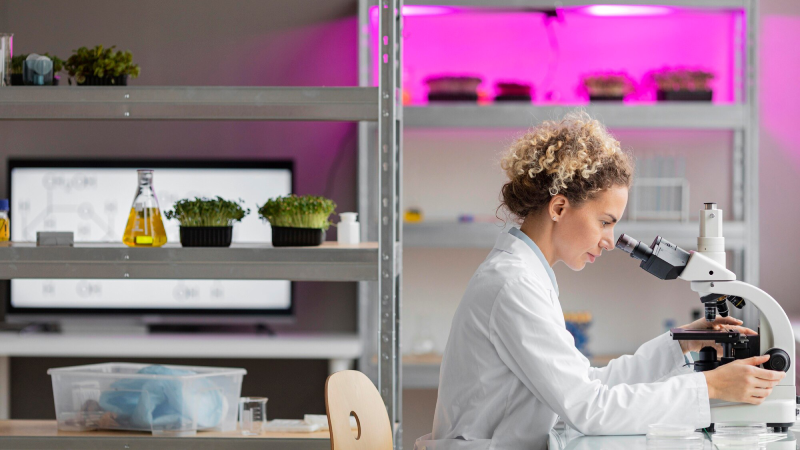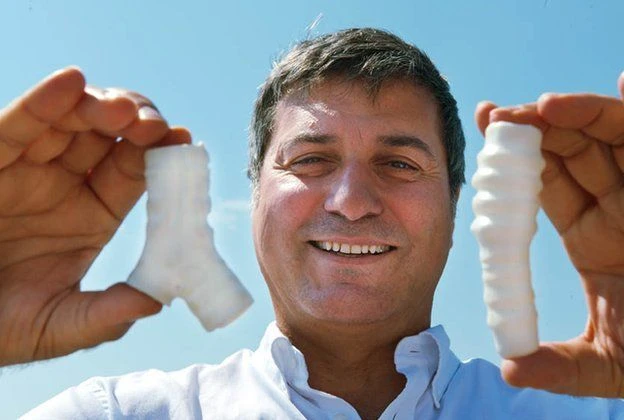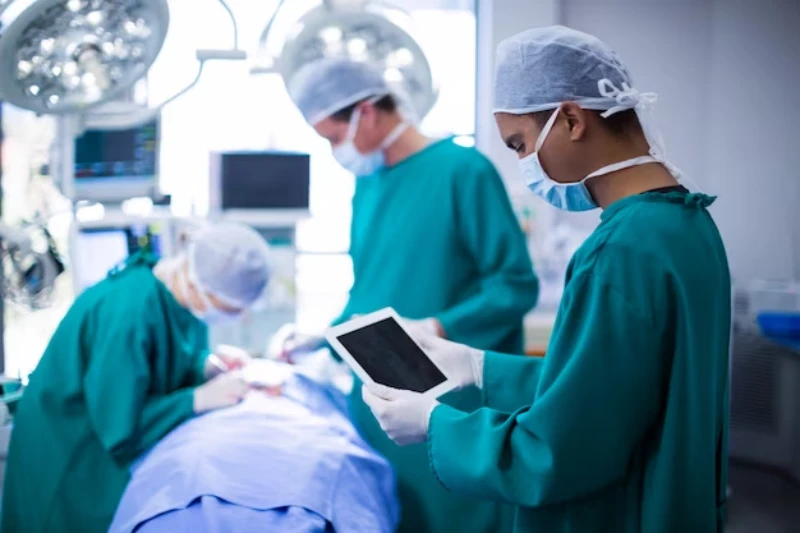
Molecular biology techniques are a set of experimental and analytical tools used by molecular biologists to study molecules that control the structure and function of cells.
These techniques can be divided into four main categories: isolation, manipulation, detection, and analysis.
Isolation techniques are used to obtain pure samples of the molecules being studied. Manipulation techniques are used to change the structure or function of those molecules. Detection techniques are used to measure the level of a molecule or activity in a sample. Analysis techniques are used to interpret the data from these experiments.
Molecular biology techniques have revolutionised our understanding of biological processes at the molecular level. These methods have been instrumental in elucidating the biochemical mechanisms underlying genetic inheritance, cell division, protein synthesis, and many other essential cellular processes.
Molecular biology techniques have also been applied to other areas outside of traditional biology, such as medicine, forensics, and agriculture.
The most commonly used molecular biology techniques include DNA sequencing, polymerase chain reaction (PCR), gel electrophoresis, and chromatography. These methods will be described in more detail below.
DNA Sequencing
DNA sequencing is a method used to determine the sequence of nucleotides in a sample of DNA. The first DNA sequencer was developed in 1977 by Frederick Sanger, who won the Nobel Prize in Chemistry for his work. Since then, several different types of DNA sequencers have been developed, each with its own unique capabilities and features.
DNA sequencers work by repeatedly breaking apart the double-stranded DNA molecule and reading the sequence of bases on one strand. This process is then repeated for the other strand. To obtain an accurate sequence, many thousands or even millions of copies of the same DNA molecule must be analysed. This can be accomplished using either automated machines or manual laboratory procedures.
Once the sequences have been determined, they can be compared to known sequences to identify mutations, polymorphisms, and other variations.
The data from DNA sequencing experiments can also be used to assemble complete genomes—the total complement of genetic information for an organism—which is a vital resource for understanding the functions of genes and other genomic elements.
Polymerase Chain Reaction (PCR)
Polymerase chain reaction (PCR) is a method used to rapidly make multiple copies of a specific sequence of DNA. PCR is an indispensable tool for molecular biologists because it allows them to amplify, or copy, small amounts of DNA into much larger quantities. This is often necessary when the amount of starting material is too low to be analysed using other methods, such as DNA sequencing.
PCR involves three main steps: template DNA amplification, primer annealing, and elongation. In the first step, the target DNA sequence is copied many times over to generate enough material for analysis. In the second step, short pieces of complementary DNA called primers are added to the mixture.
These primers bind to the template DNA and serve as a starting point for synthesis of new strands of DNA by enzymes called polymerases. Finally, in the third step, the polymerases extend the newly synthesised strands by adding nucleotides that are complementary to those on the template strand.This process is repeated many times until there are millions of copies of the desired DNA sequence—a process that can be completed in just a few hours using modern PCR machines.
Gel Electrophoresis
Gel electrophoresis is a method used to separate molecules based on their size and charge. It is often used to purify DNA or RNA samples, or to resolve proteins according to their molecular weight. Gel electrophoresis can also be used for fingerprinting, genotyping, and other applications.
In gel electrophoresis, the sample mixture is placed in an electric field and forced through a porous gel matrix.
Smaller molecules migrate through the pores more quickly than larger molecules because they experience less drag from the gel. Charged molecules also move through the gel at different rates depending on their charge—negatively charged molecules migrate towards the positive electrode, while positively charged molecules migrate towards the negative electrode.
After separation, the individual components of the mixture can be visualised using staining or labelling techniques. This allows them to be identified and quantified. Gel electrophoresis is a powerful tool that can provide valuable information about the structure and function of biomolecules.
Chromatography
Chromatography is a method used to separate mixtures of compounds based on their chemical properties. There are many different types of chromatography, but they all share the same basic principle: different molecules travel through the chromatographic column at different rates depending on their affinity for the column material.
As the molecules move through the column, they interact with the stationary phase, which can be a solid, liquid, or gas. The type of chromatography depends on the properties of the stationary phase and the mobile phase. The mobile phase is usually a gas or liquid that carries the sample through the column.
Chromatography is an extremely versatile technique that can be used to purify biomolecules such as proteins, DNA, and RNA. It can also be used to separate small organic molecules, inorganic ions, and metals. Chromatography is often used in conjunction with other methods, such as mass spectrometry, to identify and quantify chemical compounds.
Cloning
Cloning is the process of creating multiple copies of a specific DNA sequence. This can be done by introducing the target DNA into a host organism, such as a bacterium, which will then replicate the DNA along with its own genome. Alternatively, recombinant DNA technology can be used to create a plasmid, which can be introduced into a host organism and then replicated.
Mass spectrometry
Mass spectrometry is a method used to identify and quantify the molecules in a sample. It works by ionising the molecules in the sample and then separating them according to their mass-to-charge ratio. The resulting data can be used to determine the molecular weight, elemental composition, and chemical structure of the molecules in the sample. It is often used in conjunction with chromatography or another separation technique to purify the sample before analysis. It is also frequently used to characterise proteins, peptides, DNA, RNA, and small organic molecules.
Western blotting
Western blotting is a technique used to detect specific proteins in a sample. It involves separating the proteins by size using gel electrophoresis, transferring the proteins from the gel to a membrane, and then incubating the membrane with a specific antibody that binds to the target protein. The resulting bands can then be visualised using various staining methods.
Conclusion
In recent years, molecular biology techniques have become increasingly important in research and development. Molecular biology is the study of biological systems at the molecular level, and these techniques allow us to investigate and manipulate those systems in ways that were not possible before.
Molecular biology techniques have been used to develop new drugs and therapies for diseases, to improve crop yields, and to create new materials with unique properties. They have also been used to understand how cells work, how genes are regulated, and how genetic diseases occur.
As our understanding of molecular biology grows, so does the potential for using these techniques to improve our lives. With continued research, we can expect even more advances in medicine, agriculture, and other areas in the years ahead.







